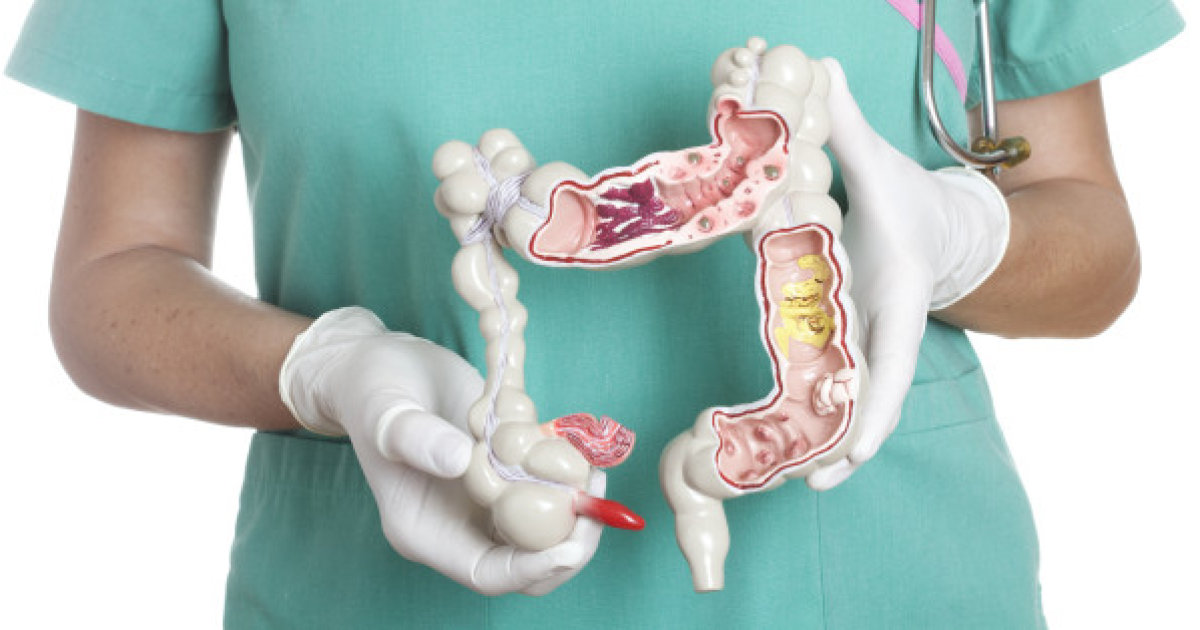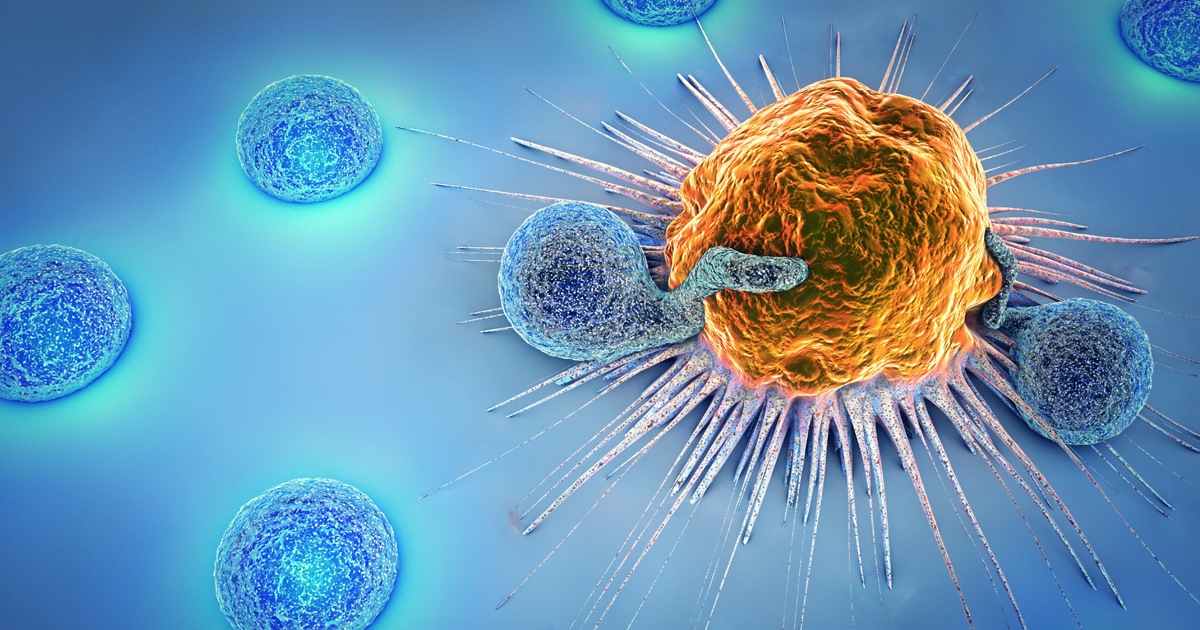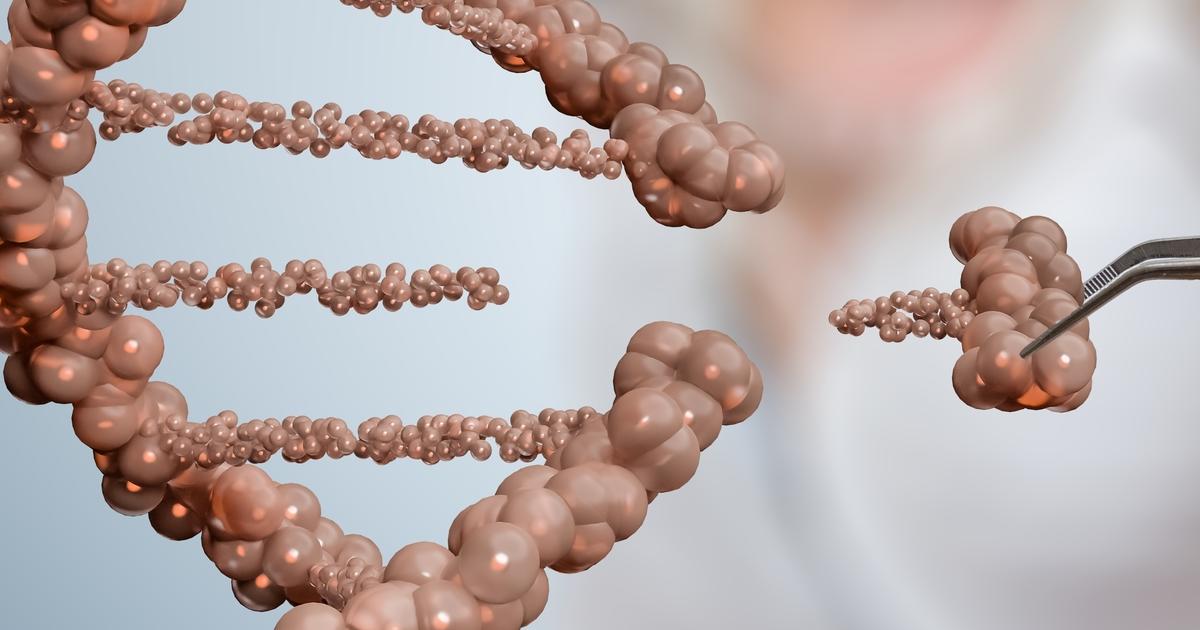The Most Common Types Of Colon Polyps And Polyp Disorders
A polyp is a non-cancerous growth found on mucous membranes, including those found in the digestive tract, nose, mouth, uterus, bladder, and genitals. They are termed benign, or noncancerous, but over time can become cancerous if left untreated. Like many forms of cancer, polyps are often discovered during routine screenings. For colon polyps, that includes colonoscopies. Polyps of the colon have two defined shapes, pedunculated and sessile and are classified by type; some common and others rare.
Learn about the different types of colon polyps and polyp disorders now.
Lymphoid

Otherwise known as lymphoid hyperplasia, this is a benign growth, generally found in the presence of clusters of lymphoid follicles in the colon or rectum. Detected on a lymphoid by radiographic x-rays are small polypoid lesions, either localized or generalized. When symptoms like bleeding, pain, bowel movement changes, and intussusception arise, diagnosis is made through a biopsy, and removal is typically performed to eliminate any chance of the polyps being mistaken for malignant forms.
Continue reading to learn about another type of colon polyp.
Inflammatory

Inflammatory polyps are benign and do not have the capability of becoming cancerous. As the name suggests, inflammatory polyps develop in patients who have conditions of chronic inflammation, such as inflammatory bowel disease, Crohn’s disease, and ulcerative colitis. These polyps may be characterized by finger-like projections called filiform. They are sometimes accompanied by pain, and if the growths are large, can cause obstruction or folding of one portion of the intestine within another (intussusception).
Next, discover details regarding another form of colon polyps.
Peutz-Jeghers Polyps

Peutz-Jeghers is a rare condition, in which polyps grow solitary or in multiples. If there are several polyps at once, they usually spread out sporadically throughout the gastrointestinal tract and small bowel. In singular form, they often attack the duodenum and small intestine and are removed through a colonoscopy. They are diagnosed in patients who display signs of pain, rectal bleeding, and skin pigmentation. Family history is also taken into account.
Explore what juvenile polyps are now.
Juvenile

The most common form of polyps in children under ten years old is juvenile polyps. Boys have a higher rate than girls of developing these polyps, and it is the most common type of colorectal tumor found in children. They usually grow singularly, and in children, are relatively large, usually no smaller than one centimeter. When they grow in multiples, the condition is called juvenile polyposis syndrome and is related to family history in twenty to fifty percent of cases.
Find out what hyperplastic polyps are now.
Hyperplastic Polyps

Hyperplastic polyps are another common type and are typically benign. The usual treatment is a polypectomy or removal. A camera and electrified wire are inserted anally to remove small polyps, but larger ones must be removed using a similar process, except through the abdomen. Another removal process requiring an abdominal incision is called a laparotomy. Rarely, the colon and rectum are entirely removed if numerous polyps inhibit them, through a procedure called a total resection.
Uncover another type of colon polyps now.
Carcinomatous Polyps

This type of adenoma is cancerous. Carcinomatous polyps are dangerous, though are also the rarest type, representing about five percent of adenomas found in screenings. Although typically surgically removed with a polypectomy, there is a risk of some of the cancer cells being left behind in the colon and spreading to other parts of the body. When this occurs, additional surgery is usually undertaken, especially when the lymph nodes or blood system are involved.
Keep reading to learn what a villous, tubular, and tubulovillous adenomas are now.
Villous, Tubular, & Tubulovillous Adenomas

Adenomatous polyps are grouped into three types. The two less common forms are the villous and tubulovillous adenomas, and they represent about fifteen percent of colon polyps and are prone to developing into cancer more than other types. Villous and tubulovillous adenomas are noticeably characterized by their flat appearance, whereas tubular polyps are more rounded. Tubular polyps can become cancerous if not detected early, and are caused by mutations inherited genetically or from environmental factors.
Unveil what adenomatous polyps are now.
Adenomatous Polyps

The most common type of colon polyp is an adenomatous polyp. They can be as small as less than half an inch but have the potential to grow, put pressure on surrounding organs, and become cancerous. This type makes up about seventy percent of polyps discovered in the colon, the most common organ affected. It resembles the lining of the colon but has its definite differences, particularly in its two patterns; tubular and villous. If you are concerned you may have a colon polyp, please seek medical attention immediately to ensure it is not cancer or anything that may be life-threatening. Stay informed and get yourself checked today!
Learn about polyp disorders next.
Gardner's Syndrome

Gardner's syndrome is an inherited condition that causes the development of cancer in the rectum and colon of an individual. It is characterized by the formation of various masses (polyps included) that are both malignant and benign. The main concern in individuals affected by Garner's syndrome is the development of colorectal cancer and other familial adenomatous polyposis or FAP-associated cancers. These cancers include those of the stomach, thyroid, liver, adrenal gland, small bowel, pancreas, central nervous system, and bile duct cancers. Other manifestations of Gardner's syndrome in affected individuals include benign growths of the bone, benign connective tissue tumors, desmoid tumors, dental abnormalities, epidermoid cysts, other skin abnormalities, and lipomas. Gardner's syndrome is caused by an autosomal dominant pattern of inheritance that carries a certain mutation in the individual's APC gene. Gardner's syndrome has no cure as of the present day, but the risk of cancer can be reduced by certain management options available for affected individuals. These include certain types of medications, high-risk screening, and prophylactic surgical procedures.
Uncover more polyp disorders now.
Serrated Polyposis Syndrome

Serrated polyposis syndrome is an uncommon condition that affects an individual's colon and rectum through the development of saw-toothed growths or polyps. Serrated polyps are growths that project out of the rectum or colon surface. There are three different classifications for serrated polyps. Hyperplastic polyps are typically found on the left side of the colon and do not generally present as precancerous polyps.
Hyperplastic polyps are the most common type of serrated polyp. Sessile serrated polyps or sessile serrated adenomas are usually found on the right side of the colon, are not bound by stalks, and are often more substantial than the other variations. Sessile serrated adenomas have the potential to progress into cancerous growths rather quickly. Serrated adenomas are polyps that are rare but have a moderate risk of progressing into cancer as they usually have dysplasia or contain abnormal cells. Symptoms include pain, bleeding, constipation, and diarrhea. Serrated polyposis syndrome patients are advised to have a colonoscopy every other year after they are diagnosed with the disorder to increase the chance of early cancer detection.
Reveal more polyp disorders now.
Familial Adenomatous Polyposis

Familial adenomatous polyposis is an inherited condition that affects the colon and rectum through the development of tissue masses or polyps. This condition can also cause the development of polyps in a patient's upper gastrointestinal tract and duodenum. Familial adenomatous polyposis is caused by a mutation that occurs in an individual's adenomatous polyposis coli gene or APC gene. The majority of patients inherit this mutation from their parents, but around a third experience the mutation spontaneously. When familial adenomatous polyposis is left untreated, an affected individual is expected to develop malignancy of the colon or rectum by the time they reach forty years old. This condition can result in benign skin tumors, benign pigment changes in the retina, anemia, dental abnormalities, desmoids, ampulla polyps, and polyps in the stomach lining. In rare cases, this condition can cause cancers of the adrenal glands, liver, thyroid gland, and central nervous system.
There is no way to cure familial adenomatous polyposis, but there are treatment options an individual can utilize to decrease the chance of developing cancer. Treatment may include the removal of all polyps in the colon, subtotal colectomy with ileorectal anastomosis, total proctocolectomy with a continent ileostomy, or total proctocolectomy with ileoanal anastomosis.
Continue reading to learn about more polyp disorders now.
Lynch Syndrome
Lynch syndrome is an inherited condition that may also be referred to as hereditary nonpolyposis colorectal cancer. It causes a patient to be at an increased risk of developing endometrial cancer, colon cancer, and multiple other types of cancers. Lynch syndrome is the most common inherited condition that increases an individual's risk of colon cancer and endometrial cancer. Lynch syndrome is caused by a mutation in the DNA inherited in an autosomal dominant manner. This type of inheritance means there is a fifty percent probability an offspring will be affected by Lynch syndrome if one parent carries this particular gene mutation. Lynch syndrome can be diagnosed through genetic testing for specific changes in the genes that indicate the condition. Individuals affected by Lynch syndrome may have colon cancer that develops before they reach fifty years old, a familial history of colon cancer at a young age, and a familial history of endometrial cancer. In addition, affected individuals may have a familial history of ovarian, stomach, liver, kidney, small intestine, and sweat gland cancer. Management of Lynch syndrome includes frequent cancer screening to increase the chance of early detection.
Get more information about polyp disorders now.
MYH-Associated Polyposis

MYH-associated polyposis is an inherited condition characterized by an increased risk of colorectal cancer development and numerous adenomatous colon polyps. This condition is essentially a mild type of familial adenomatous polyposis, as patients typically develop fewer polyps than others affected by FAP. Hundreds of thousands of polyps develop in individuals with traditional familial adenomatous polyposis, while less than one hundred polyps develop in individuals affected by MYH-associated polyposis. This condition is caused by an autosomal recessive pattern of inheritance of a mutation in an individual's MYH gene. Other manifestations that occur in MYH-associated polyposis patients include gastric fundic gland polyps, thyroid disease, thyroid nodules, kidney cancer, and duodenal polyps. Genetic testing and polyp biopsy can confirm a diagnosis of this condition. Most individuals affected by MYH-associated polyposis develop colon or rectal cancer between fifty and seventy years old. It is estimated that around half of all individuals affected by this condition will have colorectal cancer at the time they are diagnosed. Treatment includes the removal of polyps and frequent colonoscopy cancer screening starting at age twenty.